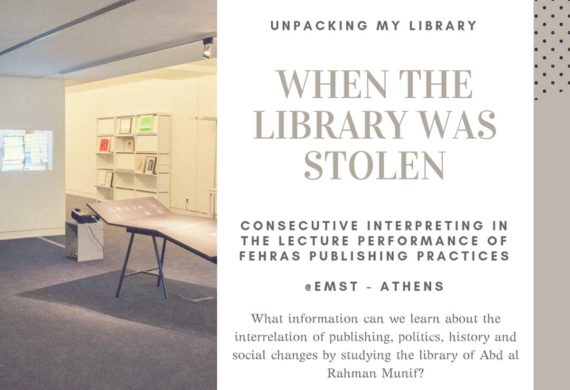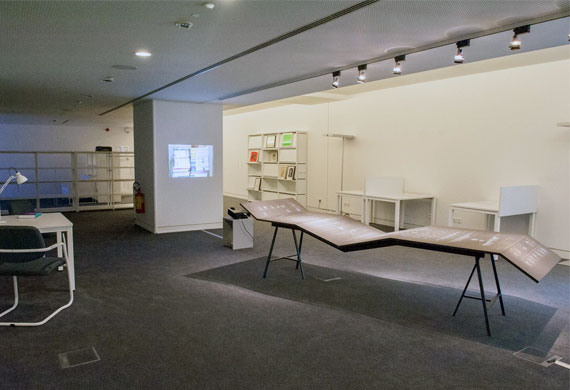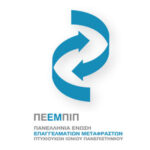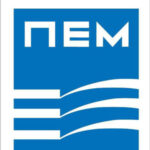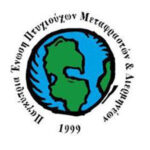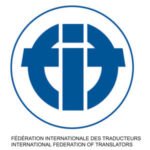BRIEF PRESENTATION
This was a lecture performance organised as part of the “Unpacking my library” exhibition at the National Museum of Contemporary Art. The presentation was made in the Museum’s reading room / library in the form of interactive discussion between the speakers and the audience. The participants were gathered around the exhibit and watched the speakers who were in between them. We were all standing and moved around the exhibit inside the library to observe the specific aspect which was being analysed in each case. Due to the special way in which the event was hosted, consecutive interpreting was chosen.
